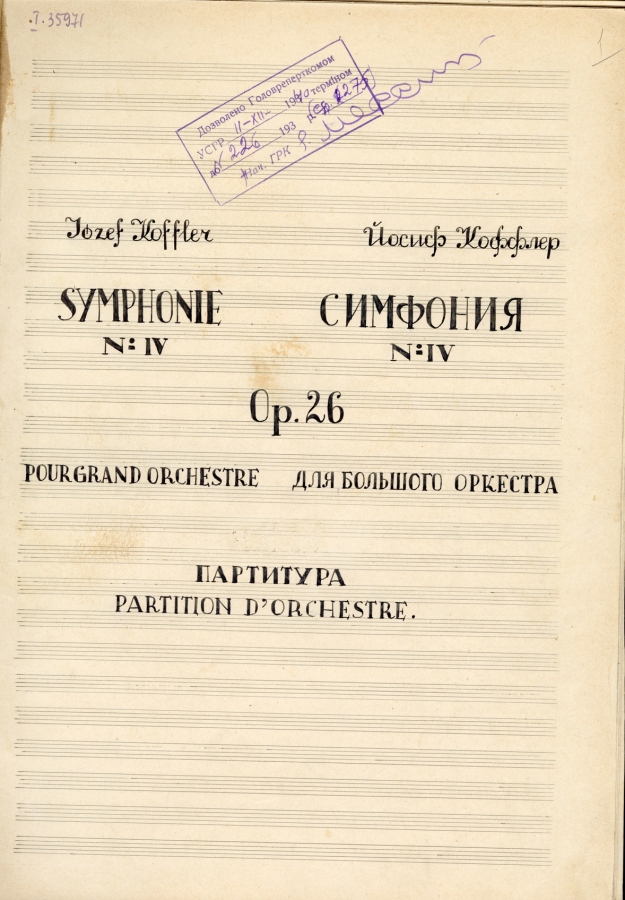
Symphony No. 4, Op. 26 (1940)
Instrumentation: 3 flutes, 3 oboes, 3 clarinets, 3 bassoons, 4 horns, 3 trumpets, 3 trombones, tuba, percussion, harp, strings
Manuscript: Vernadsky National Library of Ukraine [Національна бібліотека України імені В.І. Вернадського] in Kyiv. Call number: I 35970
Premiere: Kiev 1941
Movements: I. Adagio. Allegro ben mosso; II. Allegro molto vivace; III. Adagio cantabile; IV. Allegro giocoso
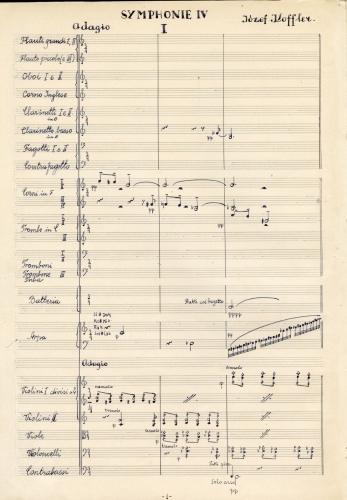
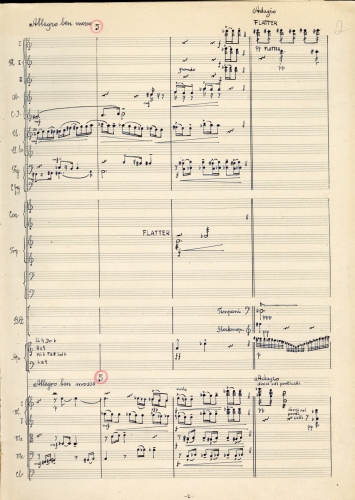
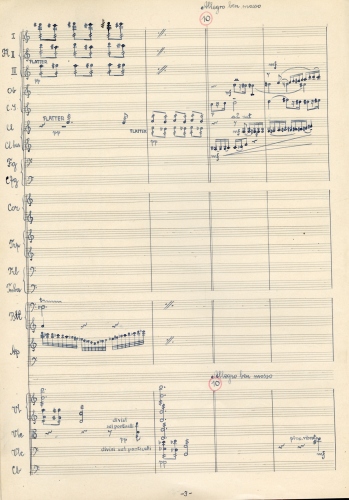
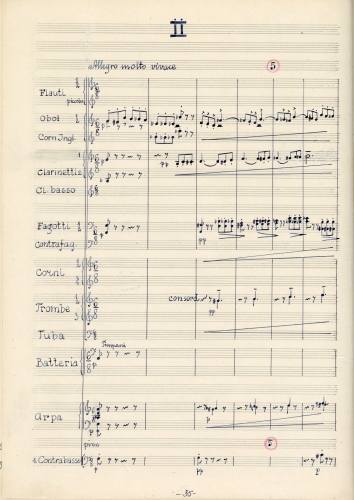

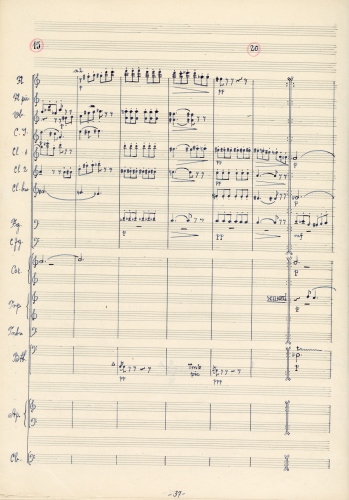
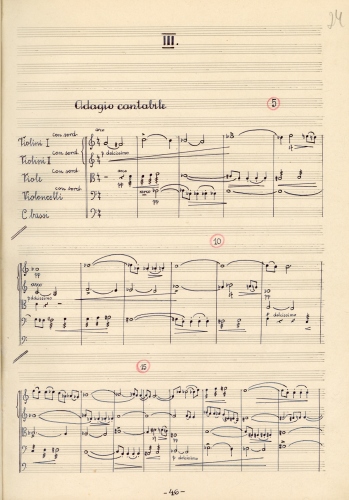
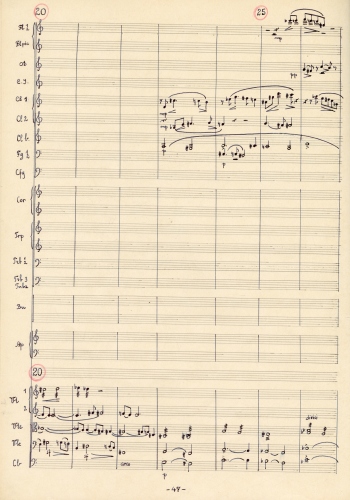

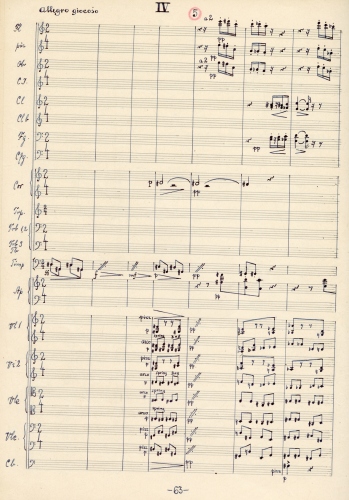
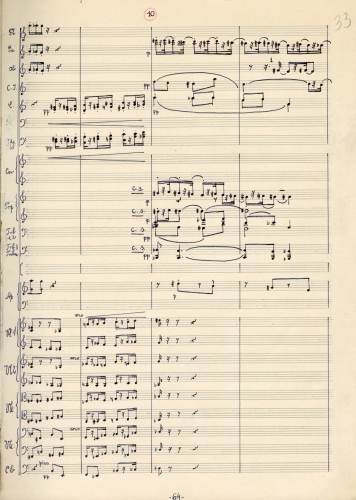
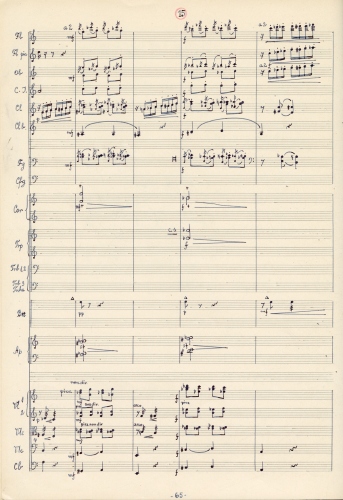






















Mazepa was also the first to describe Koffler's Symphony No. 4 which, he observed, is based on the twelve-note technique, albeit applied in an unorthodox manner. Like later commentators, Mazepa emphasised that the Symphony (whose handwritten copy is dated to the spring of 1940) demonstrates qualities that did not respond to the demands placed on artists in the new social and political situation after 17 September 1939.
the first and the last of which are sonata forms, the second (Allegro molto vivace) – a spectacular ABA scherzo, and the third (Adagio cantabile) – a passacaglia with a polyphonic theme exposition and fourteen variations. Characteristic of this piece is the evolutionary development of music material and a form that is unconventional though based on classical models. A form-building function is assigned to a motivic cell made up of a second and a tritone.
Previously viewed as Koffler’s last work, representing his ‘late style’, it has now been demonstrated by Iwona Lindstedt to be an orchestral arrangement of the 1934 String Quartet ( considered lost until recently).